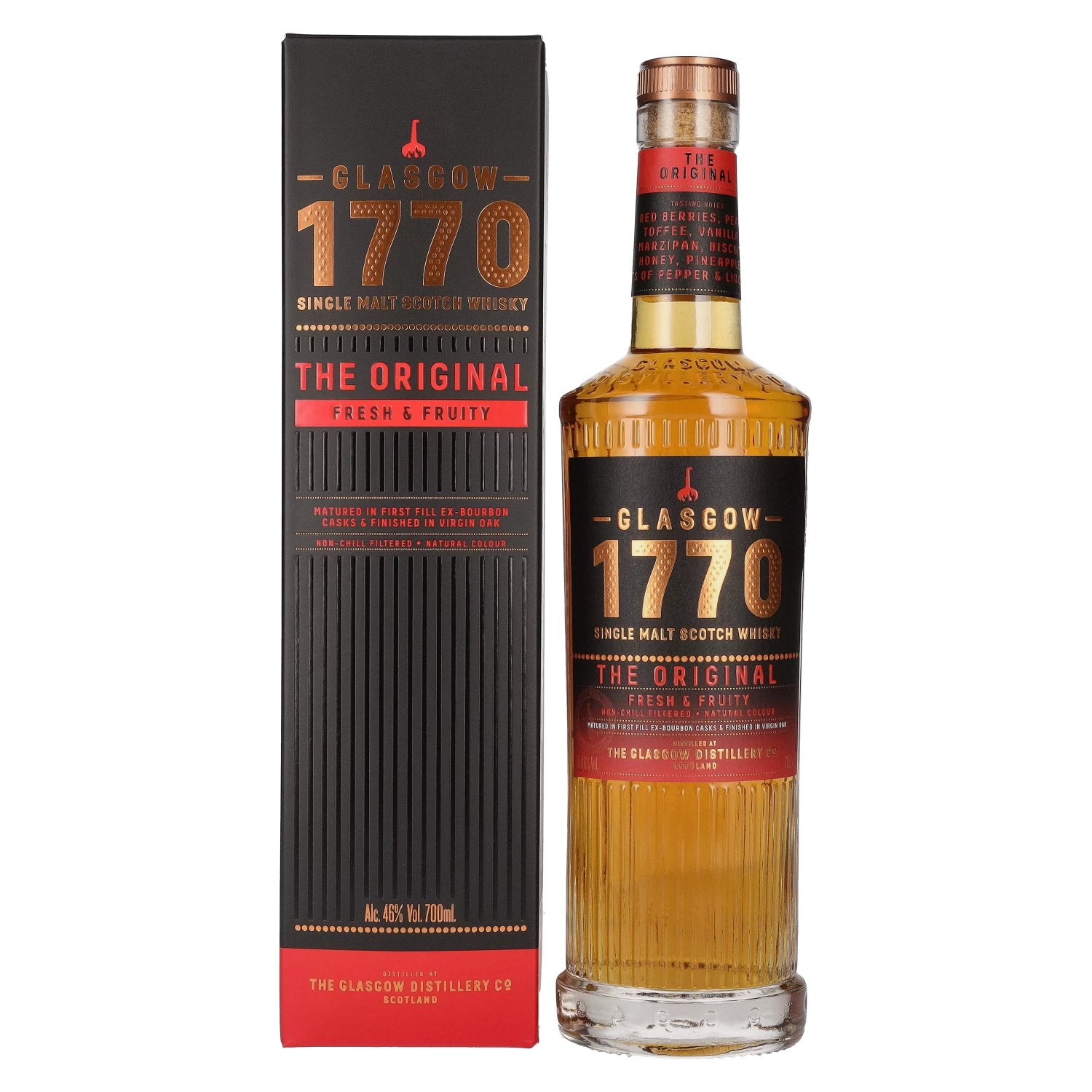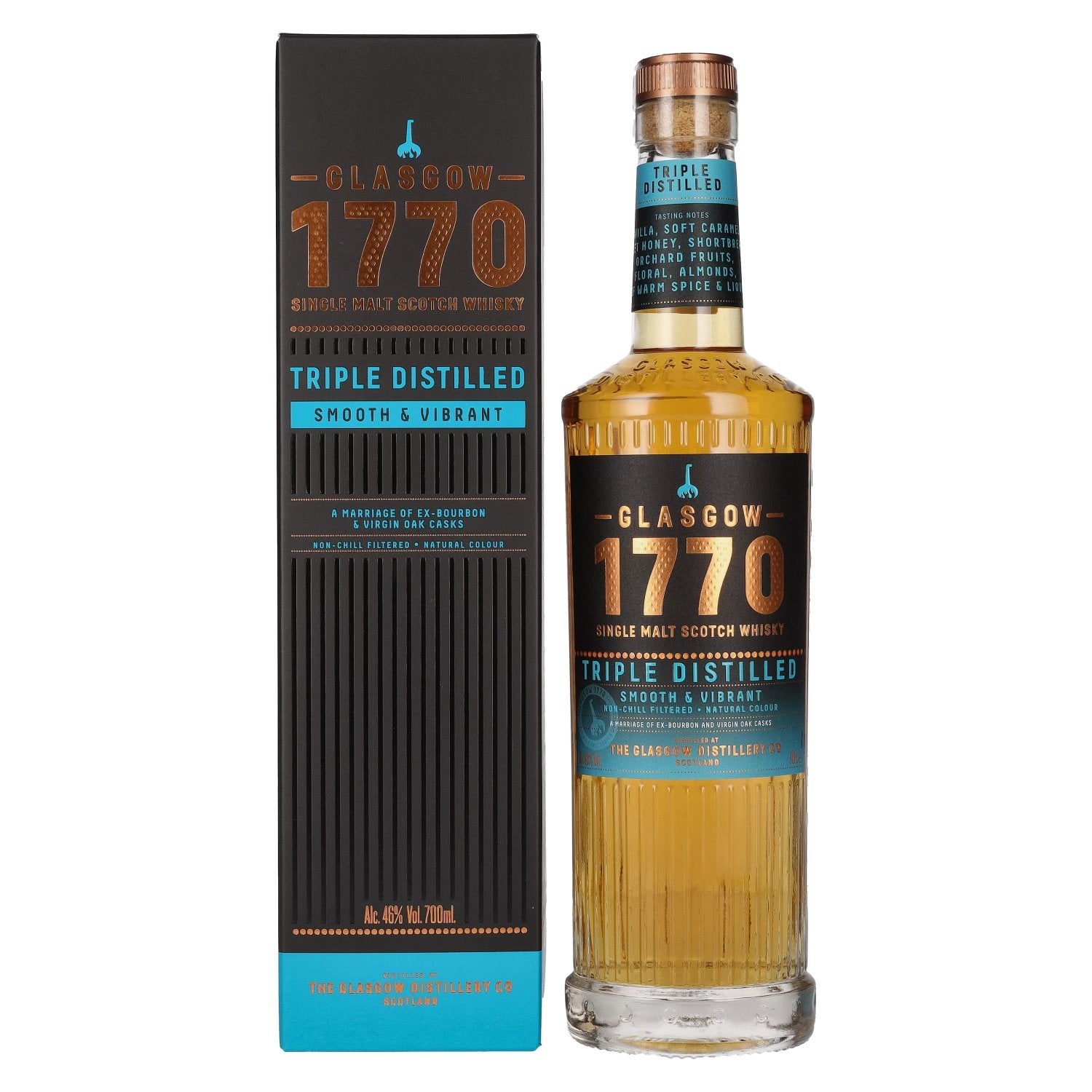In the diverse and dynamic world of spirits, European liqueurs hold a special place in the hearts of American consumers. From the rich, aromatic flavors of Italian Amaretto to the delicate herbal notes of French Chartreuse, these liqueurs offer a taste of Europe’s rich cultural and artisanal heritage. In this article, we will explore the reasons behind the American love affair with European liqueurs, examining their unique appeal, popular varieties, and how they have become an integral part of the American drinking experience.
A Taste of Tradition and Craftsmanship
European liqueurs are celebrated for their deep-rooted traditions and meticulous craftsmanship. Each bottle tells a story of centuries-old recipes, regional ingredients, and artisanal production methods.
- Historical Significance: Many European liqueurs have been produced for hundreds of years, with some recipes dating back to the Middle Ages. This historical significance adds an element of authenticity and allure that resonates with American consumers.
- Artisanal Quality: The craftsmanship involved in creating European liqueurs is unparalleled. Distillers often use hand-picked herbs, fruits, and spices, combined with traditional techniques, to produce liqueurs of exceptional quality and complexity.
Diverse and Unique Flavors
The variety of flavors offered by European liqueurs is another major draw for American drinkers. Whether it's the sweet almond notes of Amaretto, the bold coffee flavor of Kahlúa, or the complex herbal profile of Chartreuse, there is a European liqueur to suit every palate.
- Sweet Liqueurs: Sweet liqueurs like Italy’s Limoncello and France’s Crème de Cassis are popular for their vibrant fruit flavors and versatility in cocktails and desserts.
- Herbal Liqueurs: Herbal liqueurs such as Italy’s Fernet Branca and France’s Bénédictine offer complex, aromatic profiles that can be enjoyed neat or as a sophisticated cocktail ingredient.
- Nutty and Spiced Liqueurs: Varieties like Italian Amaretto and French Grand Marnier bring warm, rich flavors of nuts and spices, perfect for sipping or adding depth to mixed drinks.
Cultural Appeal and Lifestyle
European liqueurs are often associated with a sophisticated, leisurely lifestyle that appeals to many Americans. The image of sipping a glass of French Cognac by a roaring fire or enjoying an Italian Aperol Spritz on a sunny patio evokes a sense of elegance and relaxation.
- Cultural Connection: Many Americans have a strong affinity for European culture, cuisine, and travel. Enjoying European liqueurs is a way to connect with these cultural elements and bring a taste of Europe into their homes.
- Gourmet and Culinary Uses: European liqueurs are frequently used in gourmet cooking and baking, adding rich flavors to dishes and desserts. Their versatility in the kitchen enhances their appeal among American food enthusiasts and home chefs.
Popular European Liqueurs in the USA
Several European liqueurs have become household names in the USA, beloved for their distinctive flavors and versatility in cocktails.
- Amaretto: This Italian liqueur, known for its sweet almond flavor, is a staple in many American bars and homes. Brands like Disaronno are particularly popular.
- Kahlúa: Originating from Mexico but widely associated with European liqueurs, Kahlúa’s rich coffee flavor makes it a favorite for cocktails like the White Russian.
- Baileys Irish Cream: This creamy, whiskey-based liqueur from Ireland is a beloved addition to coffee and desserts, as well as a key ingredient in many popular cocktails.
- Chartreuse: This French herbal liqueur, made by Carthusian monks, is revered for its complex flavor profile and vibrant green color. It’s a must-have for mixologists and cocktail enthusiasts.
- Campari: An essential component of classic cocktails like the Negroni, this Italian aperitif is famous for its bitter, herbal flavor and striking red color.
Integrating European Liqueurs into American Culture
European liqueurs have seamlessly integrated into American drinking culture, becoming essential components of classic and contemporary cocktails.
- Cocktail Renaissance: The cocktail renaissance in the USA has fueled interest in high-quality, unique ingredients, including European liqueurs. Bartenders and mixologists across the country experiment with these liqueurs to create innovative drinks.
- Home Mixology: The rise of home mixology has also contributed to the popularity of European liqueurs. Americans enjoy crafting cocktails at home, often seeking out premium liqueurs to elevate their creations.
Conclusion
The American love affair with European liqueurs is a testament to the timeless appeal of tradition, craftsmanship, and unique flavors. These liqueurs bring a touch of European elegance and sophistication to the American drinking experience, enriching the culture of cocktails and gourmet cuisine. Whether enjoyed neat, on the rocks, or as part of a carefully crafted cocktail, European liqueurs continue to captivate American palates and imaginations.
Raise a glass to the enduring charm and flavor of European liqueurs. Cheers!










